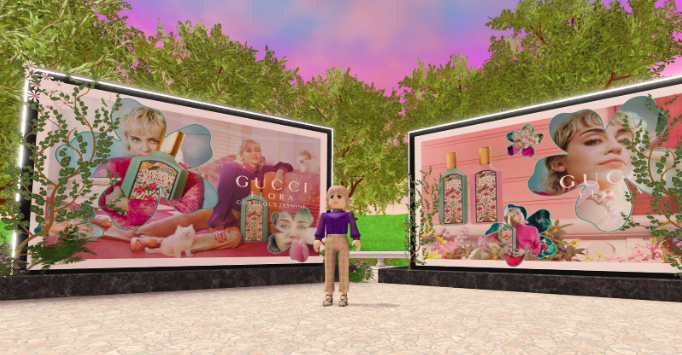What is the Metaverse?
The metaverse — you may have heard the term once, twice or many times, but we can guarantee that you’ll continue to hear it more as time goes on. To many, this technological term is taboo. It’s a concept that has caught our ear, or one that we even fear. What exactly is this complex term, the metaverse, and how do we make sense of its significance to society?
Despite its futuristic essence, the concept of the metaverse is nothing new. It all started back in 1838 when scientist Sir Charles Wheatstone outlined the concept of "binocular vision," where you combine two images—one for each eye—to make a single 3D image. This led to the development of stereoscopes, a type of technology that utilizes the illusion of depth to create an image. This is the exact concept used today in modern VR headsets. In 1992, American sci-fi writer Neal Stephenson coined the term “metaverse” in his book, “Snow Crash.” The book depicts a dystopian future where wealthy individuals escape into an alternate 3D reality.
Facebook latched onto this promising virtual world in 2021 when its CEO, Mark Zuckerberg, changed its company name to Meta. Tim Bradshaw, Hannah Murphy and Leo Lewis define the metaverse in their Financial Times article: “If there is one common idea that unites the many different takes on the metaverse, it is that it’s a way of visiting a three-dimensional version of the internet, promising more natural and intuitive forms of control and communication than today’s keyboard and touch screens.” In simple terms, it is a shared virtual space that is interactive, hyper-realistic and immersive.
During the height of the coronavirus pandemic, the metaverse was used as a tool to bring real-life experiences to people when they could not be had elsewhere. Companies partnered with metaverse gaming platforms such as Fortnite and Roblox. On April 26, 2020, Fortnite hosted a 15-minute concert for rapper Travis Scott. Nearly 28 million people tuned into Scott’s Fortnite appearance, making it one of the most-attended concerts to take place in the metaverse. In November 2020, rapper Lil Nas X hosted a two-day concert on Roblox featuring digital merchandise and the debut of his hit song, “Holiday.” The concert was attended 33 million times, proving that the future of business lies within tech and gamification.
Fashion in the Metaverse
Another community that has tapped into the metaverse is the fashion industry. In March 2022, the virtual reality platform Decentraland launched the first-ever Metaverse Fashion Week. The platform hosted a series of runway shows, afterparties and pop-up shops with brands exhibiting digital garments on avatars walking on virtual runways. Dolce & Gabbana featured digital cat models that wore collections that echoed the brand’s real catwalk show.
Another brand that has tapped into this tech medium is Gucci, which has developed a strong relationship with Roblox. In May 2022, the luxury brand launched Gucci Town, a virtual space within the game where players can purchase virtual Gucci gear for their avatars and parade around the Gucci-branded space. In the wake of their Gucci Flora and Miley Cyrus advertising campaign, the company used Roblox to launch a virtual version of their scent with games and interactive learning experiences centered around the fragrance.
Miley Cyrus virtual avatar seen standing in front of Gucci Flora advertisements in Roblox virtual game
The metaverse offers a new opportunity for brands to engage with Gen Z and other tech savvy consumers. However, according to Vice, “While the metaverse is already being seen as the future of entertainment, fashion and gaming and even partying, experts argue that its best-case use will likely be for education” and societal advancement. For instance, virtual reality and metaverse technology have the power to positively impact the social life of disabled individuals. Social spaces in the metaverse mimic in-person interaction and permit people to interact freely without the obstacles that exist in the physical world.
The metaverse can also become a powerful platform in the medical world, as it can be useful in different fields of healthcare. For example, extended reality (XR) simulation can be used for various types of training, including for mental health. VR and AR can also enhance medical training. As currently seen, major providers such as Johns Hopkins and the Mayo Clinic are using AR to assist in medical procedures, including surgical preparation and execution in spine surgeries and catheter placement.
It’s safe to say that this powerful technology will only continue to grow. Whether you choose to embrace it or not, it’s important to be knowledgeable on the topic as businesses start to veer in this innovative, digital direction.


